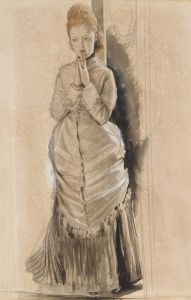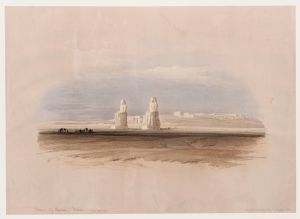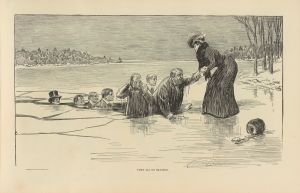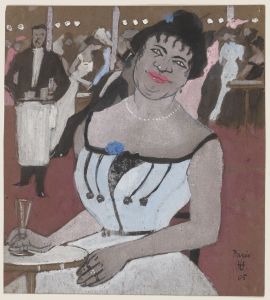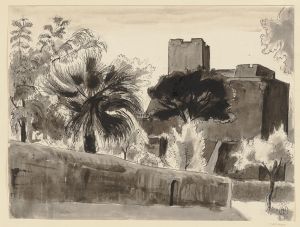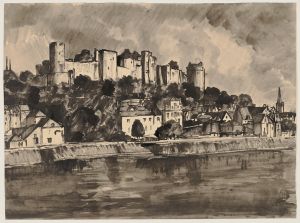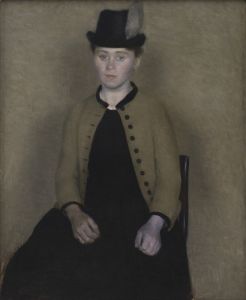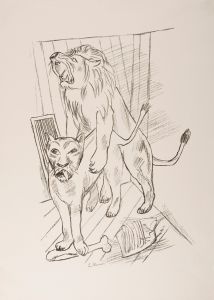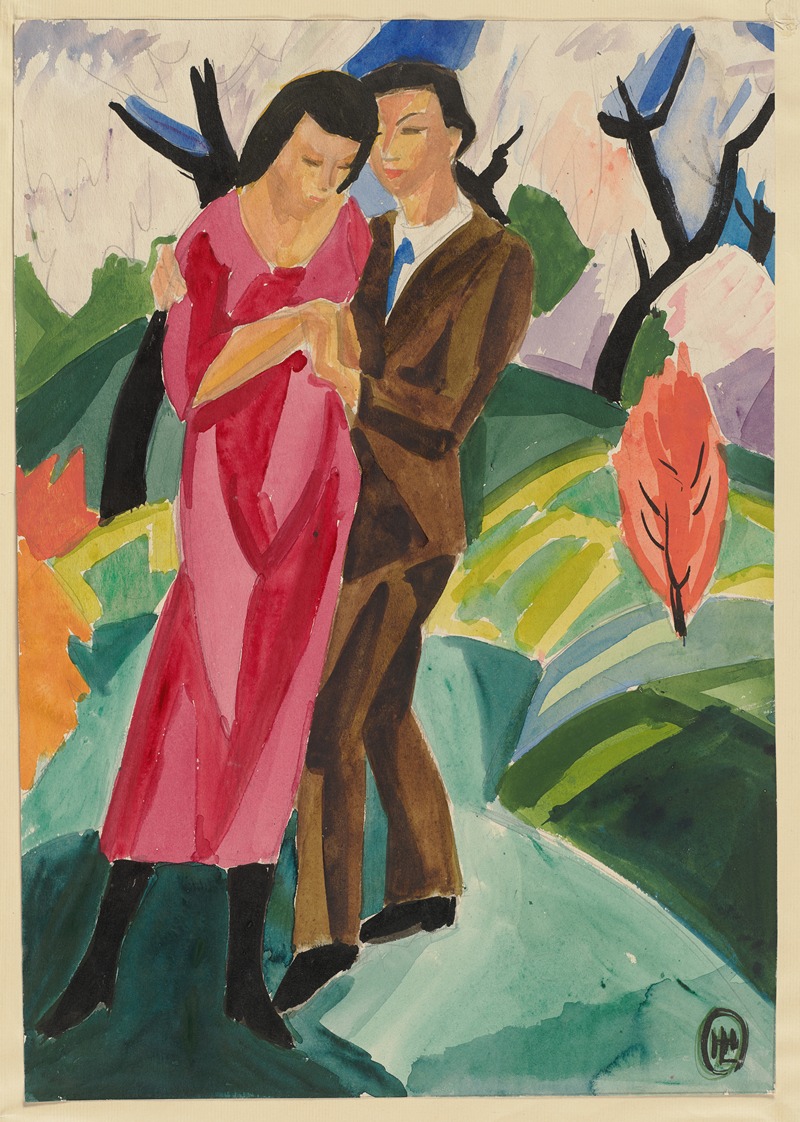
Couple outside
A hand-painted replica of Hermann Lismann’s masterpiece Couple outside, meticulously crafted by professional artists to capture the true essence of the original. Each piece is created with museum-quality canvas and rare mineral pigments, carefully painted by experienced artists with delicate brushstrokes and rich, layered colors to perfectly recreate the texture of the original artwork. Unlike machine-printed reproductions, this hand-painted version brings the painting to life, infused with the artist’s emotions and skill in every stroke. Whether for personal collection or home decoration, it instantly elevates the artistic atmosphere of any space.
Hermann Lismann (1878–1943) was a German painter known for his contributions to the Expressionist movement. One of his notable works is "Couple Outside," a painting that exemplifies his style and thematic focus. Lismann's career was deeply influenced by the socio-political changes in Europe during the early 20th century, and his works often reflect the emotional and psychological states of his subjects.
"Couple Outside" depicts a man and a woman standing together in an outdoor setting. The painting is characterized by its bold use of color and expressive brushstrokes, which are hallmarks of Lismann's technique. The figures are rendered in a way that emphasizes their emotional connection, with the background serving to enhance the mood of the scene rather than to provide a detailed landscape.
Lismann was born in Munich and studied at the Academy of Fine Arts in Munich, where he was influenced by the works of the Old Masters as well as contemporary artists. His early works show a strong academic foundation, but he gradually moved towards a more expressive and less formal style. Lismann's involvement with the Expressionist movement became more pronounced after he joined the Neue Künstlervereinigung München (New Artists' Association of Munich), a group that included other prominent artists like Wassily Kandinsky and Franz Marc.
The painting "Couple Outside" is a testament to Lismann's ability to convey complex human emotions through his art. The use of vibrant colors and dynamic composition draws the viewer's attention to the relationship between the two figures. The outdoor setting, while not detailed, suggests a sense of freedom and openness, contrasting with the more introspective and sometimes darker themes found in some of his other works.
Lismann's career was tragically cut short by the rise of the Nazi regime in Germany. As a Jewish artist, he faced increasing persecution and was eventually forced to flee the country. He spent his final years in France, where he continued to paint despite the difficult circumstances. Lismann's work, including "Couple Outside," remains an important part of the Expressionist canon, offering insight into the emotional and psychological landscapes of early 20th-century Europe.
Today, Hermann Lismann's paintings are held in various collections and continue to be studied and appreciated for their artistic and historical significance. "Couple Outside" stands out as a poignant example of his ability to capture the essence of human relationships through the medium of paint.





